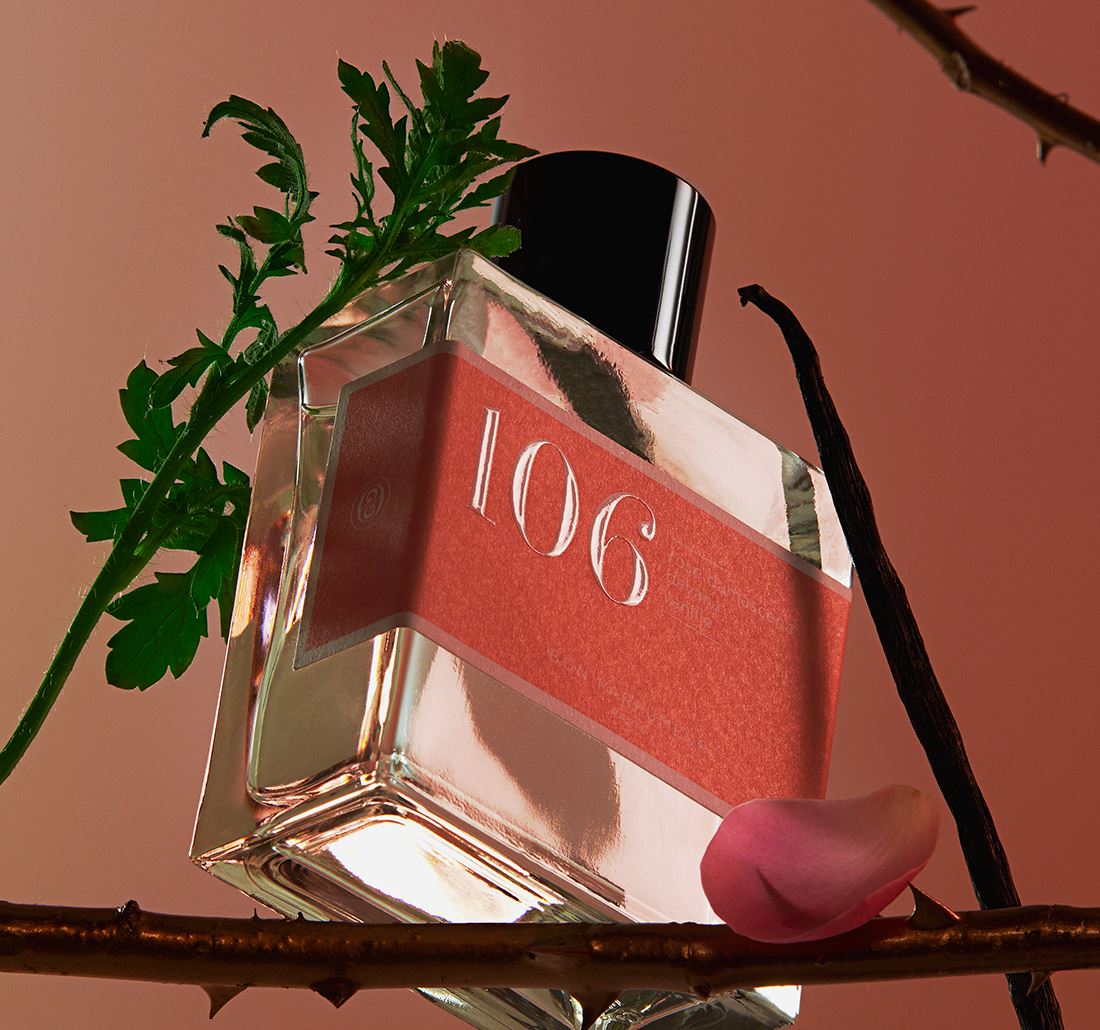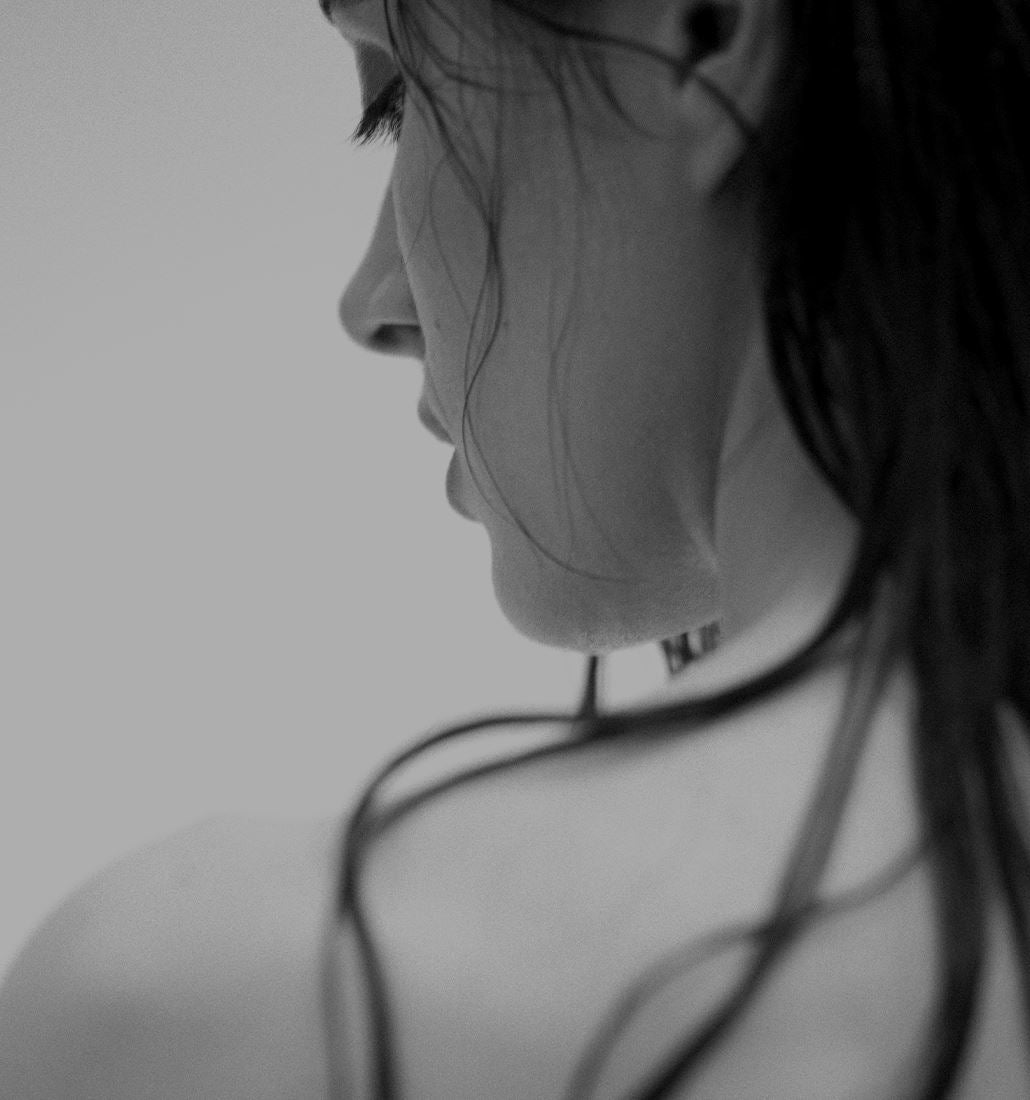01. Perfume making in ancient Egypt
02. What perfumes were most popular in ancient Egypt?
03. What remains of ancient Egyptian perfumes?
Perfume has been a cherished luxury product for millennia, and ancient Egypt is no exception. Perfumes had several uses. Initially, the rarity of perfume made it a product intended for the gods. Aromatic powders were burned to honor the gods during rituals and gain their favor.
Later, perfume entered into everyday life, with men and women using perfume for its "sacred virtues" and benefits: seduction, purification of the body or for therapeutic effects.
Perfume making in ancient Egypt
As with all great eras, one wonders what perfumes might have been like. How were they made, what plants were used, what scents floated in the air during the time of the pharaohs?
It seems that the ancient Egyptians did not master distillation. How did they make their perfumes? They became experts in the technique of enfleurage. The principles of their technique were not written down to keep their knowledge secret. It was passed down orally to prevent the disclosure of their manufacturing expertise.
What perfumes were most popular in ancient Egypt?
The best known is kyphi, made from turpentine resins, saffron, raisins, cinnamon, wine, myrrh, honey, and other ingredients. The recipes remained secret, as they were used to honor the gods. Perfumes of the time were thicker than those of today, with a consistency similar to olive oil rather than water. Psss… you can smell it at the Osmothèque in Versailles. The formula has been redesigned, and this fragrance is available to the public during olfactory sessions!
What remains of ancient Egyptian perfumes?
As with all significant periods in world history, ancient Egypt still holds many secrets. A team of researchers has taken on the formidable challenge of recreating a perfume worn by Queen Cleopatra herself. How is this possible? These researchers gathered residues found in amphorae and gathered information from ancient texts to try to decipher and bring an ancient perfume back to life.
The amphorae were analyzed by scientists with the help of Egyptian perfume experts. By studying ancient Greek texts to discover the formulas of the famous ancient perfumers, Mendesian and Metopian, they arrived at a conclusive conclusion. Myrrh was present in both amphorae; they added cardamom, cinnamon, and olive oil.
Of course, it's impossible to know if Queen Cleopatra wore such a perfume. And according to some sources, she had her own workshops for creating her fragrances. But the idea is a dream come true, and that's already quite enough for a 2,000-year-old perfume.
Impossible to become Pharaoh? Perhaps, but wearing a perfume that captures the essences of ancient Egypt is possible. Our 301 will offer you a trail of amber, cardamom and sandalwood, and our 902, an eau de parfum of Armagnac, blond tobacco and cinnamon.
Learn more about the kings and the perfume , the perfume in the Renaissance period , the perfume in Islam, the perfume in the Middle Ages, the modern perfumes and the History of Perfume through our articles.










